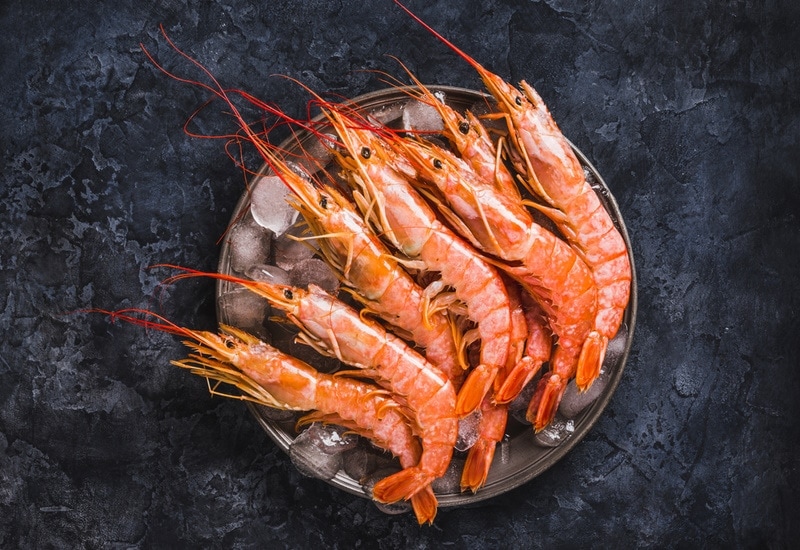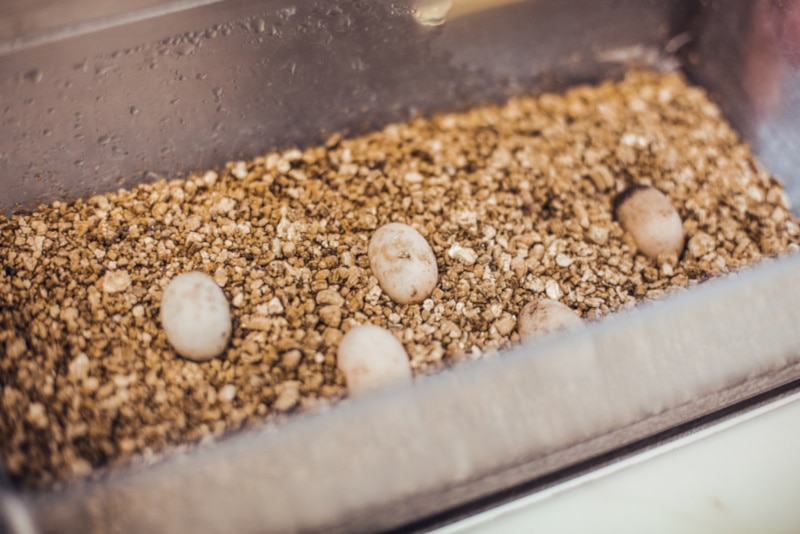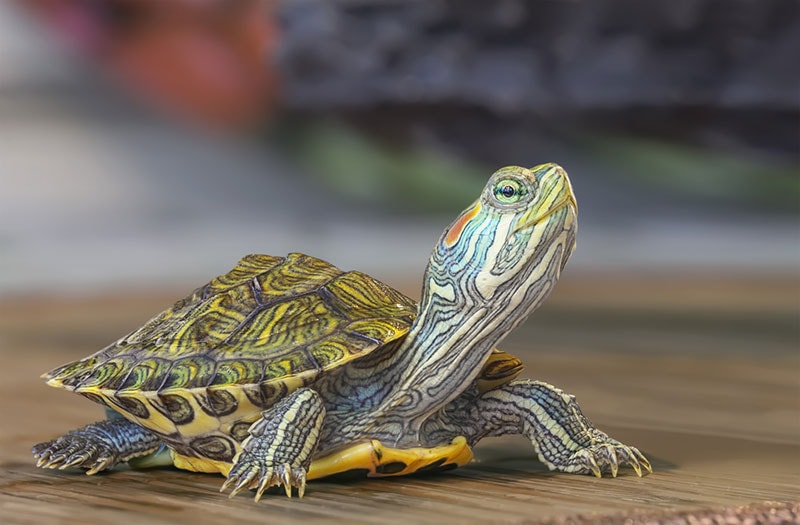How Big Do Hermann Tortoises Get? Average Weight & Growth Chart
Updated on
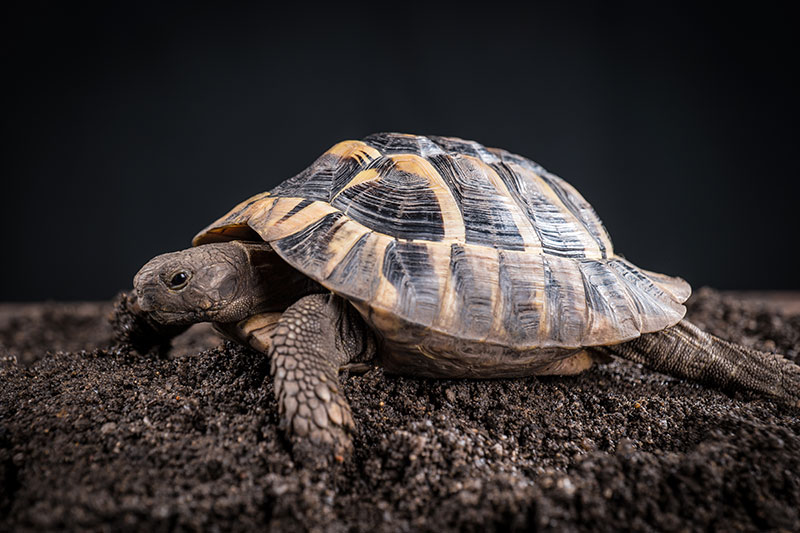
Click to Skip Ahead
Hermann Tortoises are one of the most calm, gentle turtles you can choose for a house pet, and they’re not hard to care for despite their medium size. But how big are these animals, you may ask, and how fast do Hermann Tortoises grow? In general, they can grow up to 50–110 oz. of weight and 7–11 inches in length. Join us below as we dig into how big you can expect your Hermann Tortoise to get, how to measure them, as well as how fast they grow and how you can help them reach their ideal maximum size at maturity.
Hermann Tortoise Breed Overview
Hermann Tortoises are native to the Mediterranean, but their easygoing, personable character and low-maintenance needs have made them popular worldwide. Hermanns prefer to live in places that are warm, rocky, and ideally, with wood. However, they don’t complain and are perfectly satisfied with a well-lit terrarium and some wooden decor around the place to liven things up.
While Hermanns aren’t water turtles, per se, they do need fresh water that’s regularly changed as part of their habitat. Once you have the initial setup, a Hermann Tortoise is easily one of the most low-maintenance reptile roommates you could ever ask for.
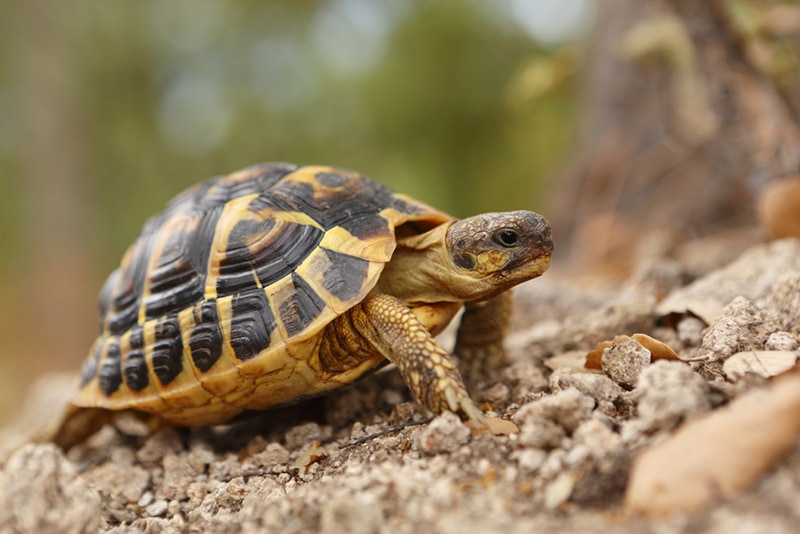
Hermann Tortoise Size and Growth Chart
Hermann Tortoises are on the smaller end of medium turtles, capping at around 11 inches for males of the western Hermann Tortoise subspecies—that’s the most common Hermann Tortoise, and the eastern counterpart is a little smaller than the estimated figures below.
| Age | Weight Range | Length Range |
| 1 year | 2–3 oz. | 2–3 inches |
| 3 years | 5–10 oz. | 3–4 inches |
| 5 years | 14–20 oz. | 4–5 inches |
| 7 years | 24–30 oz. | 5–7 inches |
| 10 years | 50–110 oz. | 7–11 inches |
When Does a Hermann Tortoise Stop Growing?
Hermann Tortoises grow very, very slowly and don’t stop growing until they reach the ripe old age of 10, which is when they reach maturity. Don’t be surprised if you barely notice how much larger your tortoise has gotten from year to year, with occasional growth spurts.
Eastern and western Hermanns don’t have any notable differences as far as growth rate, but males and females do. Males tend to grow faster and larger than females. To be honest, you should only have to measure your Hermann every couple of years to ensure you’re not missing anything as far as their diet or environment.
Factors Affecting the Size of Hermann Tortoise
Hermann Tortoises have similar health needs to other turtles, but there are a range of key variables that affect how fast your turtle grows and how big they get. From immutable factors like sex to diet, you can only control some of these. Let’s briefly delve into those below to give you a better idea.
- Sex: Male Hermanns are significantly larger than females. Males grow to about 11 inches long while females may only grow to 7 or 9 inches at maturity.
- Subspecies: Western Hermann Tortoises are smaller but have more vividly colored shells than their eastern counterparts.
- Diet: Hermanns need a diet of about 80% leafy greens and veggies like kale, lettuce, cabbage, spinach, squash, and 20% or less of their diet should be calorie-dense pellets for other nutrients like the amino acids in fish oil.
- Vitamins: Calcium and vitamin D are especially important for ensuring your Hermann’s bones grow to their full size, and deficiencies can cause stunted growth.
- Light: Low light levels can affect your tortoise’s mood, energy levels, and activity levels which support a healthy bone structure and lifestyle in general.
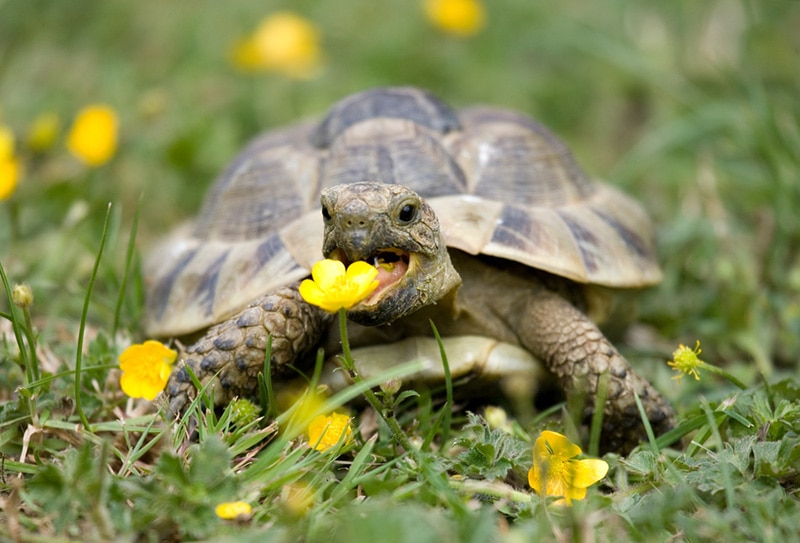
Ideal Diet for Maintaining a Healthy Weight
Keeping your Hermann Tortoise growing at a proper pace and at a good size isn’t difficult, but it helps to pay attention to their particular nutritional requirements when formulating a dietary plan and schedule.
- Feed your Hermann plenty of healthy, fresh veggies like dandelions, mustard greens, kale, spinach, timothy hay, lettuce, cabbage, cucumber, and more.
- Consider supplementing with a pellet food made of mostly vegetables once or twice per day.
- Shine a heat lamp with UVB and UVA rays for 10 to 12 hours per day. This helps your turtle synthesize and process vitamin D3, which is essential for bone development and health.
- Hermanns don’t eat much fruit in nature, but they enjoy fruit with lower sugar content. Try apples, pears, or pumpkins as an occasional treat.
How to Measure Your Hermann Tortoise
As mentioned above, you should really only have to measure your Hermann Tortoise every year or two to make sure their growth is roughly on track. That said, every turtle is different, and some may grow slower or faster depending on genetics, diet, and other factors you can’t control like sex. For the step-by-step list on how to get an accurate measurement, join us below.
- Lay your tortoise on a flat, solid-colored surface where you can get an accurate measurement.
- Place the tip of your tortoise’s shell gently against a wall to gently poke their head inside.
- Place the scute of the shell flush against the wall.
- Take a ruler or measuring tape and measure from the wall to the very back tip of the shell.
- Write down your measurement.
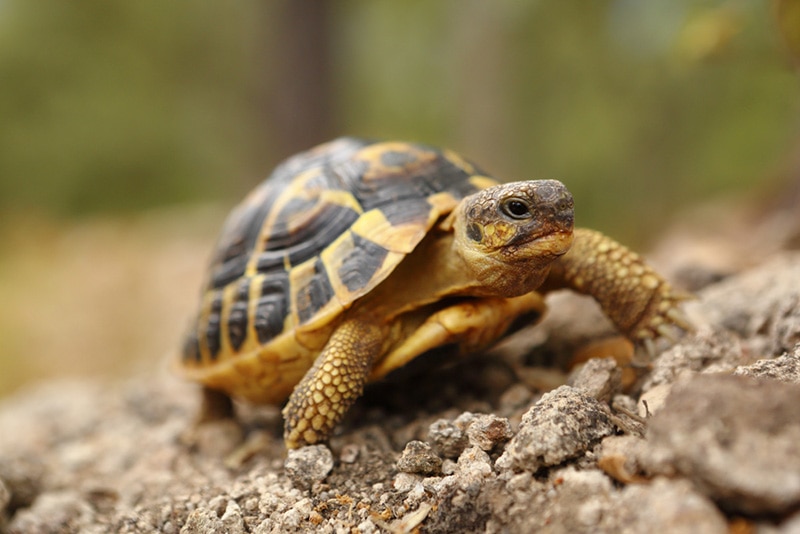
Conclusion
Hermann Tortoises have a plain-Jane appearance with the most cool-as-a-cucumber personality you could want out of a tortoise companion. They have modest, easy-to-satisfy dietary conditions and a very long lifespan. They’re an ideal, low-maintenance pet for apartment dwellers or if you don’t want to deal with a furry creature shedding everywhere.
See also:
Featured Image Credit: Ketta, Shutterstock


